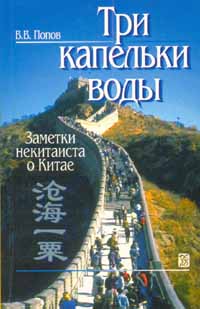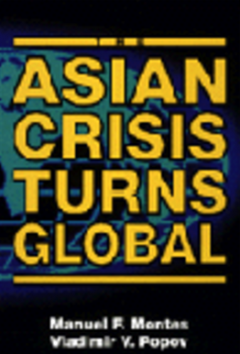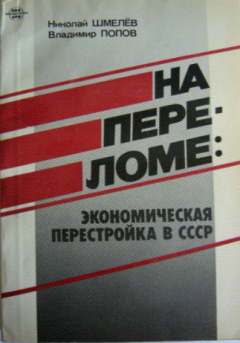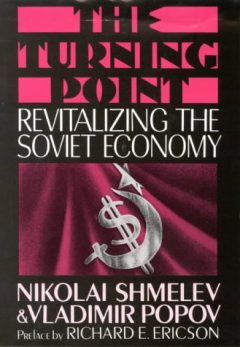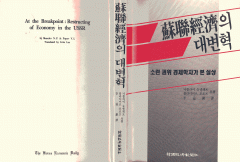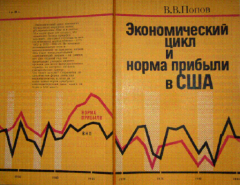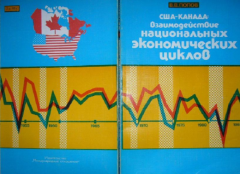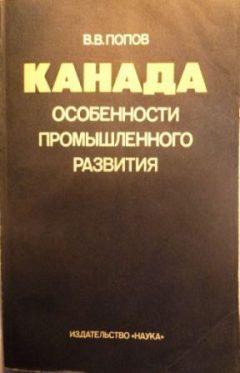|
Это книга о китайской модели развития и ее отличии от западной. Речь в основном об экономике, но также и о культуре, истории, религии, политике. Три главных вопроса обсуждаются в работе:
(1) Почему Китай и другие страны Восточной Азии, во многом базирующиеся на китайской модели (Япония, Корея, страны Юго-Восточной Азии) в XVIII–XIX веках отставали не только от Запада, но даже и от многих развивающихся стран (Российская империя, Латинская Америка)?
(2) Почему с середины XX века эти страны стали единственным крупным регионом, начавшим кардинально сокращать разрыв в уровнях экономического развития с Западом?
(3) Является ли китайская модель (основанная на «азиатских ценностях», на примате общественных интересов над частными) более конкурентоспособной, чем либеральная западная модель, и чем закончится их соревнование?
В книге доказывается, что возвышение Запада связано не столько с обеспечением индивидуальных прав и свобод, сколько с повышением нормы сбережений и инвестиций в результате разрушения общины и последовавшего роста неравенства в распределении доходов. Расширение прав человека произошло позже и стало следствием экономического успеха, своего рода роскошью, которую могли себе позволить успешные и конкурентоспособные страны. Однако со временем либеральная западная модель начинает уступать коллективистской китайской.
This is a book about modern China, mainly about the economy (about half the text), but also about culture, history, religion, and politics. There are three main issues discussed in the book:
1. Why did China (and earlier other countries and territories of East Asia, largely based on the Chinese model — Japan, Korea, Taiwan, Southeast Asian countries) in the 18–19 centuries started to lag behind not only the West, but even many developing countries (Russian Empire, Latin America)?
2. Why since the middle of the 20th century have these countries and territories became the only major region that started to close the gap in economic development levels with the West?
3.Is the Chinese economic and social model (based on “Asian values”, the primacy of public over private interests) more competitive than the liberal Western model and how will their competition end?
It is generally believed that the economic success of the West during and after the transition to capitalism is associated with the expansion of human rights (the abolition of slavery and serfdom, guarantees of property rights and contracts). In contrast, this book argues that the rise of the West has less to do with securing individual freedoms and more to do with rising rates of saving and investment as a result of the destruction of the agricultural community and associated rise in the inequality in income distribution. The expansion of human rights became later a consequence of economic success, a kind of luxury that successful and competitive countries could afford. Today, however, the liberal Western model is experiencing increasing difficulties. |
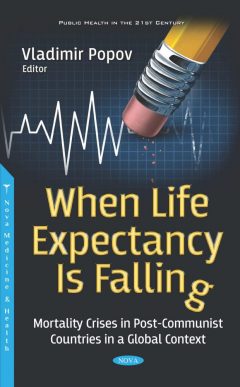
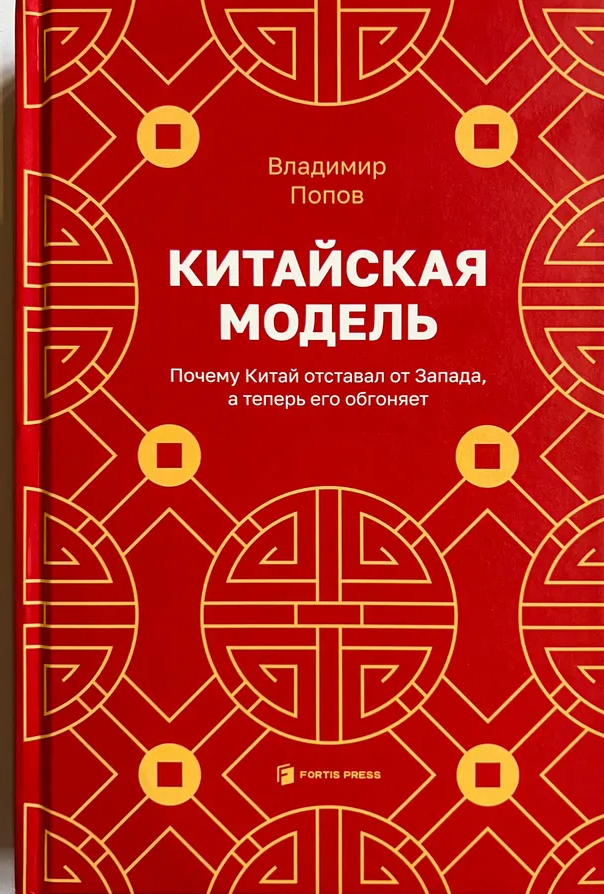

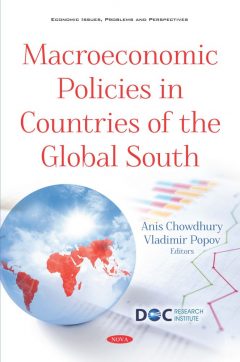

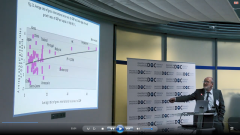

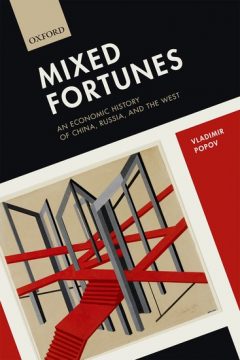
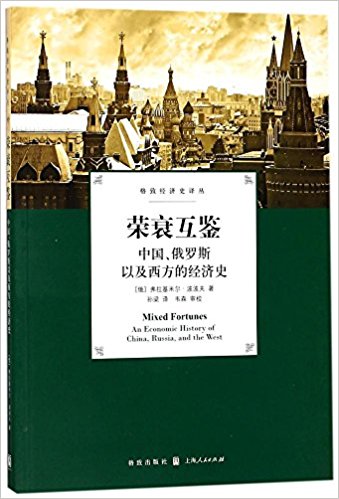

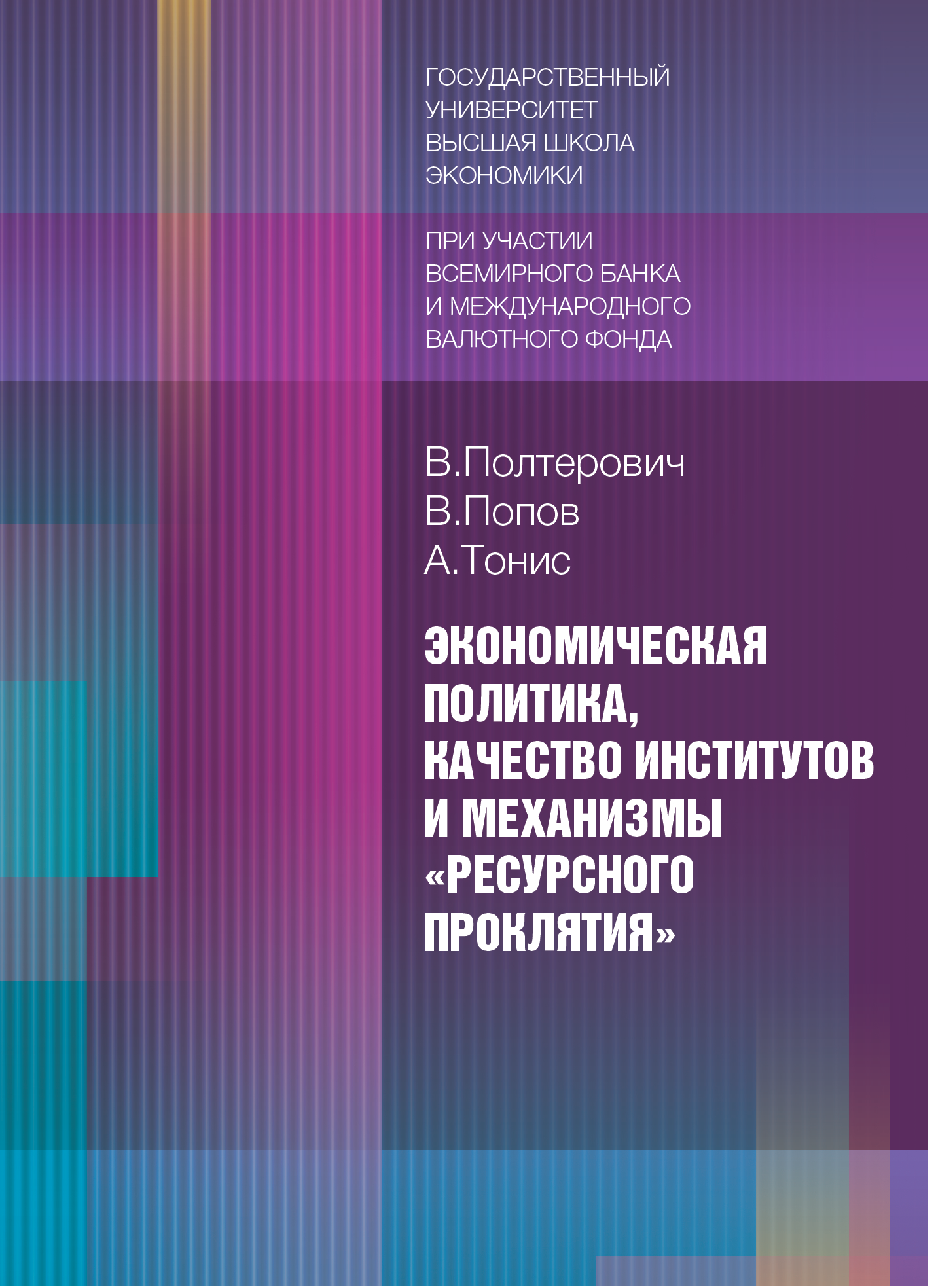
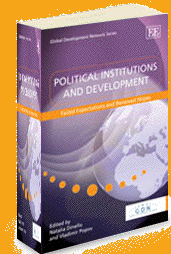 newed Hopes. Edited by Natalia Dinello and Vladimir Popov, Edward Elgar Publishing, 2007.
newed Hopes. Edited by Natalia Dinello and Vladimir Popov, Edward Elgar Publishing, 2007.